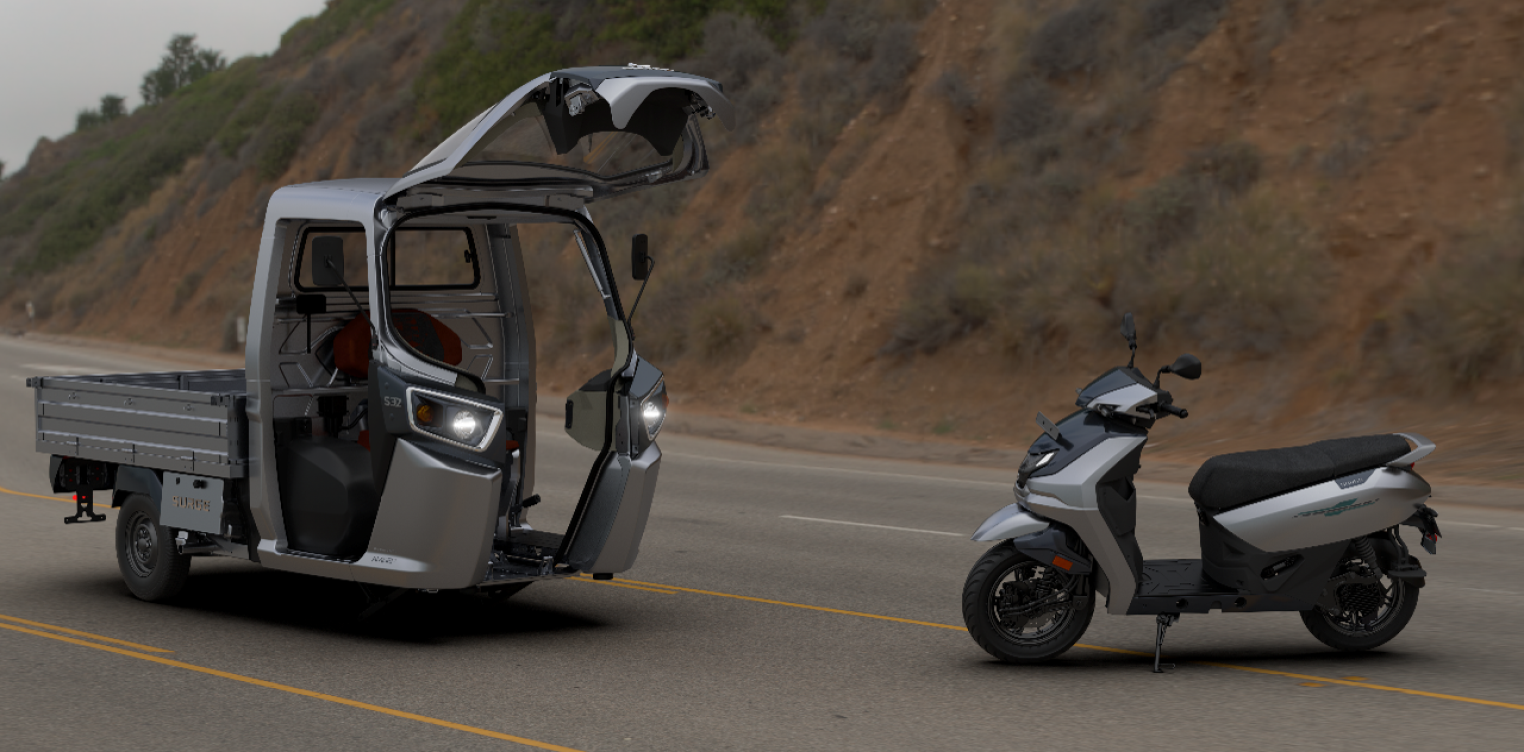Moving around goods inside a warehouse is no easy feat, especially if you’re dealing with large and heavy items. This is why, for many businesses, forklifts are an essential part of warehouse operations. These vehicles enable the efficient retrieval and organization of goods in storage facilities, ensuring that restocks are accomplished in a timely manner.
Another important factor about forklifts is that they make the job much safer for your employees. Instead of risking injuries caused by manual loading and unloading of goods, your workers can operate forklifts and let the machine do the heavy lifting.
Through the years, the safety features one can find in forklifts have evolved as well. In addition to having overheard guards and seatbelts, modern electric and diesel forklift truck models are now equipped with advanced security features to increase warehouse safety and productivity.
To that end, here are some modern safety features that forklifts now have and you want to look for should you need to buy or rent one in the future. If you’re considering renting a forklift, it’s important to know where to find quality forklift rentals nearby to ensure access to models equipped with these essential safety features.
1. Backup Alarms and Lights
When a forklift is being driven in reverse, the operator has a much more limited field of view. As such, it’s important that other workers in the vicinity are warned promptly so that they can move out of the forklift’s way and avoid any potential accidents. However, warehouse noise can sometimes make it easy for shouts or warnings to go unnoticed.
To remedy this issue, modern forklifts now have backup alarms and lights that make sure the forklift’s presence is known by nearby workers. The alarm is still used to give an audible warning while flashing lights provide a more visual cue in case the alarm is drowned out by warehouse noise. Some forklifts are also equipped with a blue spotlight, which projects a beam of light behind the vehicle as a clear indication of the direction the forklift will be moving.
2. Cameras and Sensors
Much like driving large trucks, blind spots are practically inevitable when operating a forklift, especially if you’re navigating through tight spaces. To help with this, cameras and sensors are attached to forklifts as an added safety feature. These cameras give the operator a clear view of their surroundings, making sure they’re on the right driving path and allowing them to avoid people or obstacles.
Meanwhile, proximity sensors alert the driver if the forklift happens to be too close to either another worker or an obstacle. Some forklifts also carry smart sensors, which detect obstacles and respond in accordance with it. For instance, if the smart sensor detects a nearby obstacle, it can automatically initiate speed reduction on behalf of the operator as a precaution. Together, cameras and sensors enhance the visibility of the operator, allowing them to navigate the warehouse safely and with ease.
3. Stability Control Features
Forklifts are designed to carry heavy loads on a frequent basis. However, there may be instances when the goods are not loaded correctly or the weight is not distributed evenly, which can make the forklift unstable and thus increase the risk of tilting or tipping over. To prevent such accidents, modern forklifts are equipped with various stability control features to help keep their movements steady despite heavy loads.
One such feature is tilt locks, which prevent the forklift’s mast from tilting too far forward or backward while lifting a heavy load. This ensures that the goods will remain balanced as they’re being lifted and prevent instances of dropped loads—which aren’t only a safety hazard but also a waste of resources. Anti-rollover systems are also a kind of stability control feature that helps the forklift remain steady by automatically adjusting the machine’s speed or center of gravity as the operator makes turns.
4. Operator Presence System
The operator presence system or OPS is a kind of sensor that lets the forklift detect if the operator is seated in the machine. If the operator is not there, the forklift’s operations are locked and its controls are disabled. This ensures that the forklift won’t move without the proper guidance of an operator, thus preventing accidents such as runaway forklifts.
5. Load Weight Indicators
Older forklift models used to have dial-type weight indicators, which can be difficult to read at quick glance. These have since been replaced by digital load weight indicators that provide fast and accurate readings. A load weight indicator also alerts the operator if the forklift is loaded beyond safe lifting capacity. This allows the operator to make necessary adjustments, which ultimately reduces the risk of accidents and premature wear and tear of forklift parts.
6. Artificial Intelligence Integration
Artificial intelligence (AI) has been instrumental in improving various other industries with its ability to quickly analyze large amounts of data. This ability of AI can also be helpful in improving safety among forklifts. For instance, AI can analyze data gathered from the forklift’s sensors and cameras to predict potential safety hazards in the immediate area and take precautions early on in the form of automatic braking or speed reduction. It can also learn your warehouse’s layout and suggest more optimal routes for the forklift so you can move around safely and efficiently.
Safety should always be a top priority among business owners and warehouse managers to minimize accidents in the workplace and boost morale among their employees. Thus, when choosing forklifts, make sure they’re equipped with modern safety features to give you and your workers complete peace of mind when fulfilling warehouse duties. Additionally, your organization’s safety protocols should also undergo regular checks and updates so that they evolve along with the latest safety innovations.







